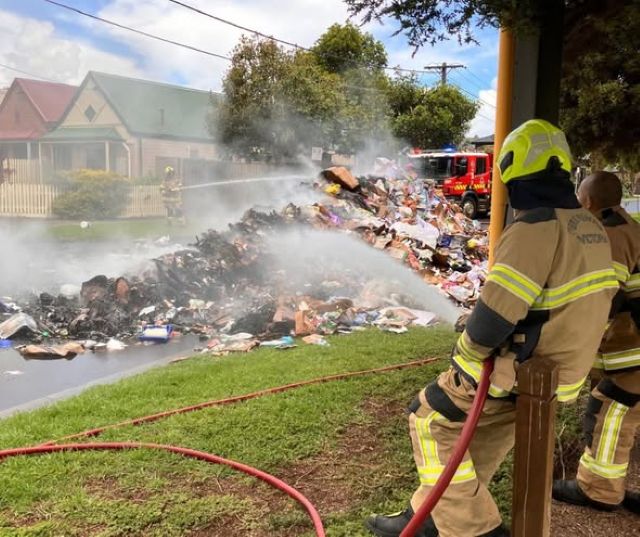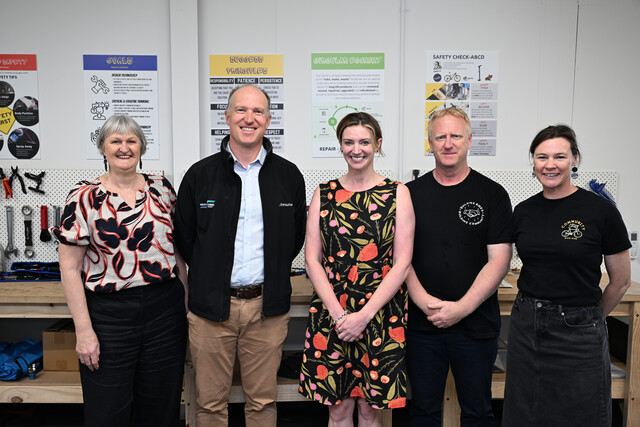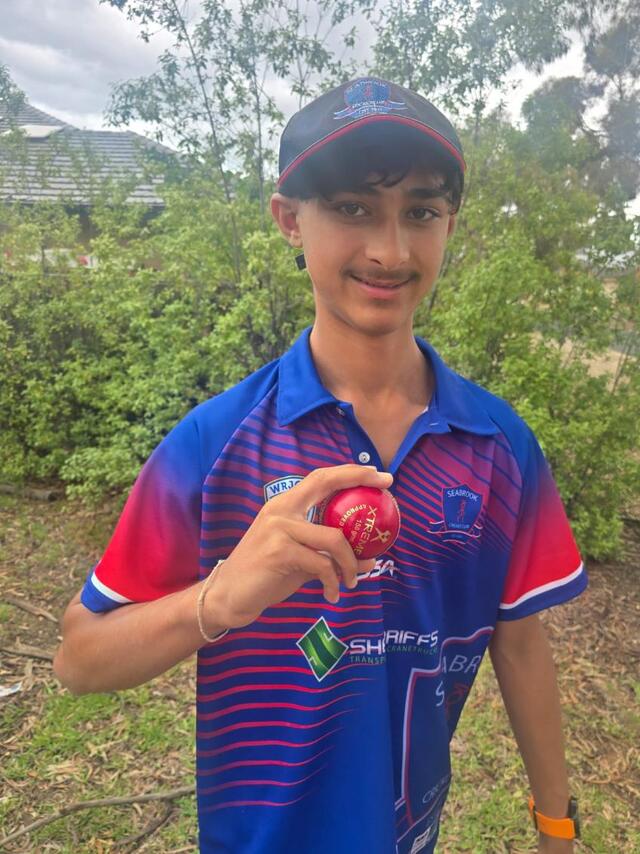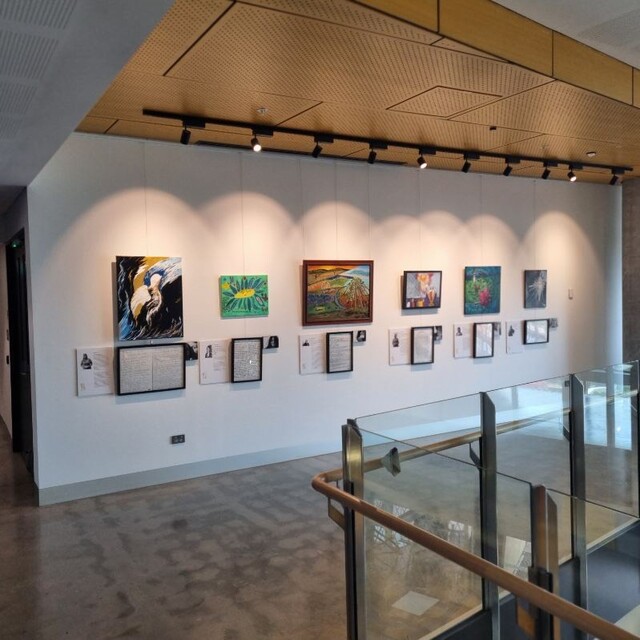New data released by the Australian Institute of Health and Welfare (AIHW) revealed that in 2034, there will be an estimated 209,000 Australians diagnosed with cancer – a 23% increase from 2024.
Cancer Council supportive care committee Danielle Spence said as the number of people being diagnosed increases, we need to ensure we’re supporting all Australians living with cancer.
“For the 169,500 people who will be diagnosed with and living with cancer this year, it’s important that they have access to high quality support services,” Ms Spence said.
“While Australia has some of the best cancer care internationally, equitable access to cancer care and support is essential to continuing to improve outcomes for people already affected by cancer and those who may be diagnosed in years to come,” she said.
Ms Spence said that we have come a long way since the 1990s, when the percentage of people who survived cancer for at least five years was just 55%, with that survival rate now over 70% and coupled with decreasing mortality rates.
According to the AIHW, cancer remains more common among older Australians, with an estimated 88% of all cancers diagnosed to be in people aged 50 and over this year.
Cancer Council public health committee chair Anita Dessaix said that early detection and effective prevention are key measures to reducing the impact of cancer, and that we need to adapt these efforts to new cancer trends.
“Australia’s cancer outcomes are among the best in the world. Today’s data shows we’ve saved 16,300 lives from cancer death in the past two decades nationally. We’ve seen improved outcomes through screening programs, tobacco control policies and measures to reduce occupational and environmental risk factors,” Ms Dessaix said.
According to the AIHW, cancer incidences, the number of new cancer cases occurring, among younger people have increased, however only about 12% of all cancer cases diagnosed this year will be in Australians under the age of 50.
Mortality rates have also been decreasing for people in their thirties and forties.
“While there has been an increase in overall cancer cases, including among younger people, new evidence and technology advancements have created better ways to detect and treat cancer earlier, meaning more people are being diagnosed earlier,” Ms Dessaix said.







